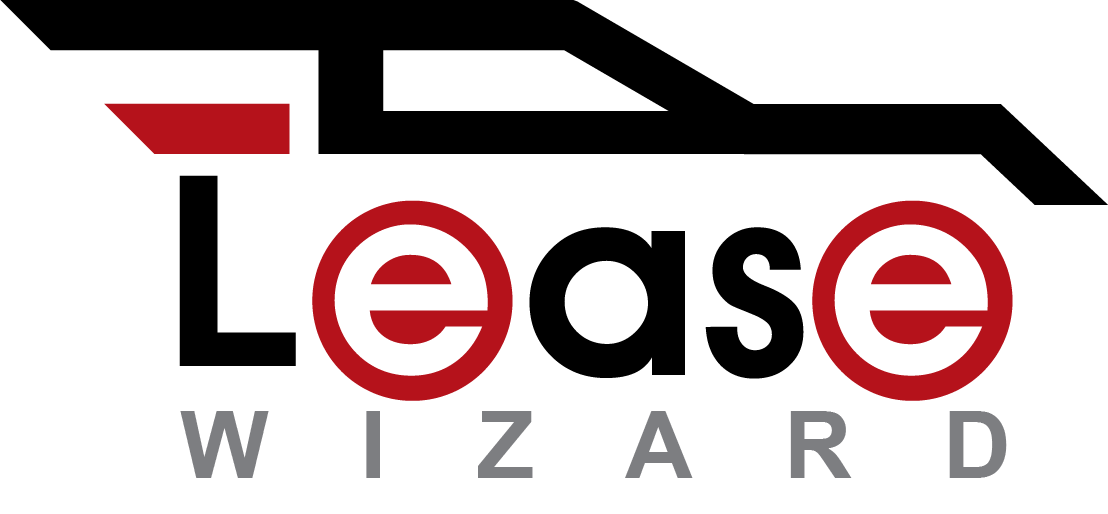**This post contains affiliate links and the publisher may be compensated if you make a purchase after clicking on these links.**
The “Internet Revolution” is now about 20 years in the making, dating back to the 1990’s and overcoming a major hiccup in the dot-com crash in 2000. However, it picked up again as people recognized that the answer to everything humankind had accomplished until then wasn’t equally suited to a stand-alone digital process. Similarly, while more and more businesses are striking a better balance of how connected tools can facilitate, not replace, an existing process, it’s important to recognize that the internet changes almost everything. Since the second largest line item in many family’s budget (after housing) is the money spent on vehicles, it’s important to keep in mind what is (and what isn’t) changing, since any lease agreement includes some bit of future forecasting. While the lessor needs to do most of this forecasting in order to set the residual value, the lessee is definitely impacted by these forecasts, so it doesn’t hurt to consider what’s changing and how it will impact society as a whole, and on a more specific level the deal you can expect.
The Big 4 To Watch
There are four major areas of innovation in automotive right now, two of which dramatically change the vehicle itself, and the other two are more focused on changing the way we use cars and their role in our lives. They are related because they all impact the transportation network that includes up to 18 million new vehicle sales annually and a rolling stock of nearly 200 million cars and trucks on the road, yet they each are independent of each other so that one moving towards adoption faster or slower will not necessarily impact the others.
The four innovations to keep your eye on:
- Vehicle Connectivity (Connected Cars)
- Mobility Solutions (Car Sharing)
- Fleet Electrification (Cars Without any Internal Combustion Engine – “ICE”)
- Autonomous Vehicles (Self-Driving Cars)
It would be easy to say that all four of these will completely change everything, but the history of innovation (and really just history in general) tells us that it’s not likely. Some of these four things will have a bigger impact on society in general, although clearly any of the four could have a huge impact on certain people, or even tens of millions of people, but yet won’t be a dominant trend in the United States. The first two above are the ones that will impact people’s relationship with the car – using it, accessing it, and how being in the car impacts the rest of their activities. The last one, fleet electrification, is a physical change in terms of manufacturing of vehicles and also creation of an infrastructure to support them. The third item, autonomous vehicles, is a hybrid – as it will definitely change people’s relationship with cars and how they use them, but also is a change that requires manufacturing of a product not available yet (mass market at least), and will have infrastructure impacts as well.
We’ll cover each of the four in an in-depth article in November, to provide more information about what the innovation is, some examples of the application of the innovation, and how long before you’re likely to see it in a dominant way. We’ll then wrap up with a short piece about expected impact on leasing to close out the series. We look forward to you reading the series overall, but a quick spoiler – if you’re planning to purchase or lease a new car this month and cannot wait for the end of the series – no problem, anything purchased or leased in 2017 is unlikely to be impacted by these innovations when it comes time to turn in or trade-in the vehicle. But this might be the last year we say that about.
Next Article: “Vehicle Connectivity”
Previous Article: “Avoid Tricks, Make the Deal a Treat”
This Series: Series Overview | Vehicle Connectivity | Mobility Solutions | Fleet Electrification | Autonomous Vehicles | Series Conclusion
